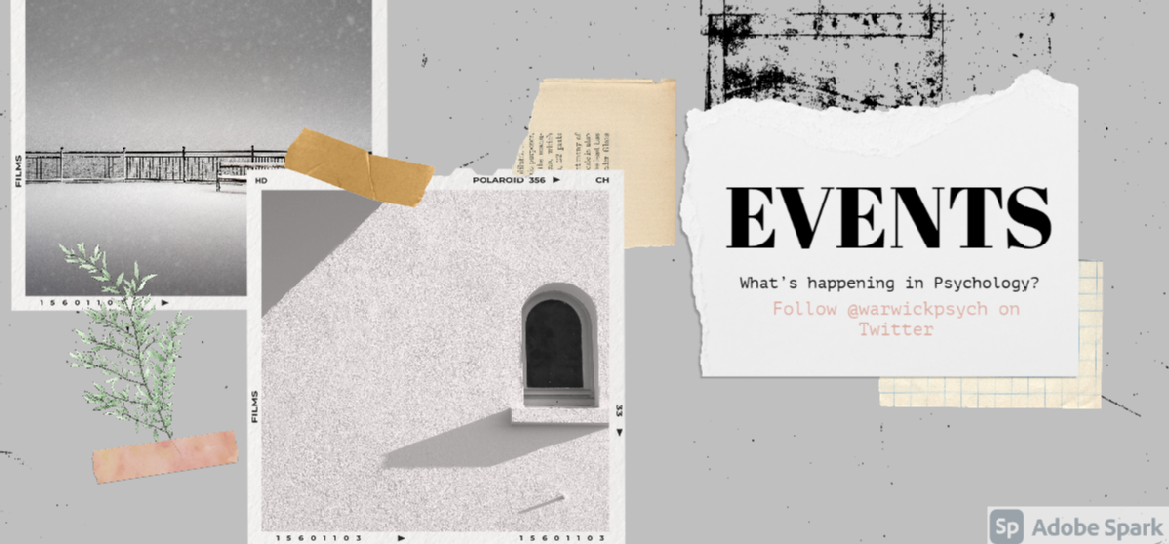Calendar of events

Tue 4 Feb, '25- |
Department Brown Bag Lunch Seminars: Dr Chiara Gambi, University of WarwickH1.49 - Humanities BuildingTitle: TBC
Abstract: TBC |
|
Tue 11 Feb, '25- |
Department Brown Bag Lunch Seminars: Nigel King, University of OxfordH1.49 - Humanities BuildingTitle: TBC
Abstract: TBC |
|
Tue 25 Feb, '25- |
Department Brown Bag Lunch Seminars: Zachary Horne, University of EdinburghH1.49 - Humanities BuildingTitle: TBC
Abstract: TBC |
|
Wed 26 Feb, '25- |
Internal/Language and Learning Seminars: Dr Kayla Keyue Chen, UCLH1.49 - Humanities BuildingTitle: TBC
Abstract: TBC |
|
Tue 4 Mar, '25- |
Department Brown Bag Lunch Seminars: Yunxiao Li, University of WarwickH1.49 - Humanities BuildingTitle: TBC
Abstract: TBC |
|
Wed 12 Mar, '25- |
Language and Learning Seminars: Dr Richard Moore, University of WarwickOnlineTitle: TBC
Abstract: TBC |
|
